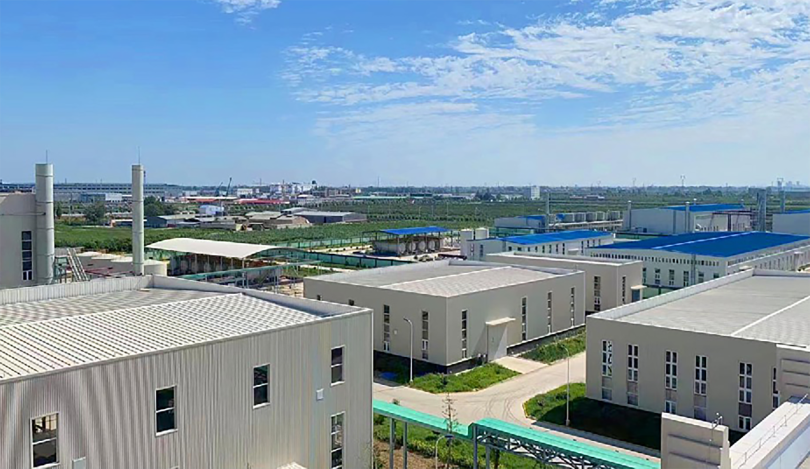
Oct . 12, 2024 04:41 Back to list
Understanding the Composition and Ingredients of HPMC in Various Applications
What is HPMC Made From?
Hydroxypropyl methylcellulose (HPMC) is a versatile polymer that is widely used in pharmaceuticals, food products, construction, and cosmetics. Its unique properties make it a popular choice for various applications, but understanding what HPMC is made from provides insight into its functionality and benefits.
The primary raw materials used in the production of HPMC are cellulose derivatives. Cellulose itself is a natural polymer derived from the cell walls of plants, particularly from wood pulp and cotton. To create HPMC, the cellulose undergoes a series of chemical modifications, involving the substitution of hydroxyl groups with hydroxypropyl and methyl groups.
The Process of Producing HPMC
1. Cellulose Extraction The process starts with the extraction of cellulose from plant sources. This involves breaking down the lignin and hemicellulose that bind cellulose fibers together. The resulting purified cellulose is a white powder, devoid of impurities.
2. Etherification The extracted cellulose is then subjected to etherification, where it reacts with propylene oxide and methyl chloride or methyl bromide. These chemical reagents introduce hydroxypropyl and methyl groups into the cellulose chain, transforming it into HPMC. The degree of substitution – the average number of substitutions per glucose monomer unit in cellulose – can be controlled during this reaction, which determines the physical and chemical properties of the resulting HPMC.
3. Purification and Drying Following the etherification process, the product is purified to remove unreacted chemicals and by-products. This purification is essential for ensuring the safety and efficacy of HPMC for its intended uses. The final product is then dried, resulting in a fine white powder with a variety of viscosity and solubility properties.
what is hpmc made from

Properties of HPMC
HPMC is recognized for its exceptional properties such as water solubility, film-forming ability, and thickening capabilities. These characteristics make HPMC an ideal ingredient in many formulations. In pharmaceuticals, it is often used as a binder, matrix former, or controlled-release agent in tablets. Its ability to form gels at different temperatures allows it to encapsulate drugs effectively, providing a vehicle for sustained release.
In the food industry, HPMC serves as a thickener, emulsifier, and stabilizer. It is utilized in a variety of products including sauces, dressings, and bakery items. The non-toxic nature of HPMC and its approval for use in food by various regulatory agencies, such as the FDA, further enhance its application in the culinary world.
In the construction sector, HPMC is added to mortar and plaster to improve their properties. It enhances water retention, workability, and adhesion, making it easier to apply and improving the final product's durability and strength. Similarly, in cosmetics, HPMC is employed as a thickening agent and as a film-forming compound in lotions, creams, and hair care products.
Sustainability Considerations
As concern grows for environmental impact, the source of raw materials for HPMC production has come under scrutiny. Given that cellulose is derived from renewable plant resources, HPMC is often seen as a more sustainable alternative to synthetic polymers. Additionally, its biodegradability makes it an environmentally friendly option in applications that require single-use or short-term products.
In conclusion, HPMC is made from cellulose through a process of etherification that introduces hydroxypropyl and methyl groups. This biochemical transformation yields a functional polymer with diverse applications across multiple industries. Its unique properties, coupled with sustainability advantages, position HPMC as a significant ingredient in the formulation of modern products. As technologies advance and demand for eco-friendly materials continues to rise, HPMC remains a crucial compound worthy of further exploration and innovation in its applications.
-
Versatile Hpmc Uses in Different Industries
NewsJun.19,2025
-
Redispersible Powder's Role in Enhancing Durability of Construction Products
NewsJun.19,2025
-
Hydroxyethyl Cellulose Applications Driving Green Industrial Processes
NewsJun.19,2025
-
Exploring Different Redispersible Polymer Powder
NewsJun.19,2025
-
Choosing the Right Mortar Bonding Agent
NewsJun.19,2025
-
Applications and Significance of China Hpmc in Modern Industries
NewsJun.19,2025







